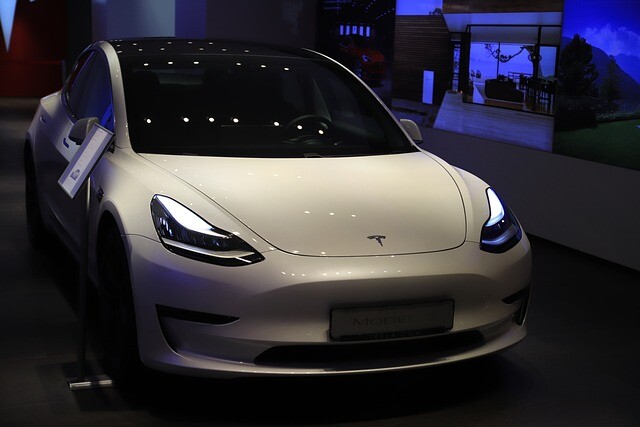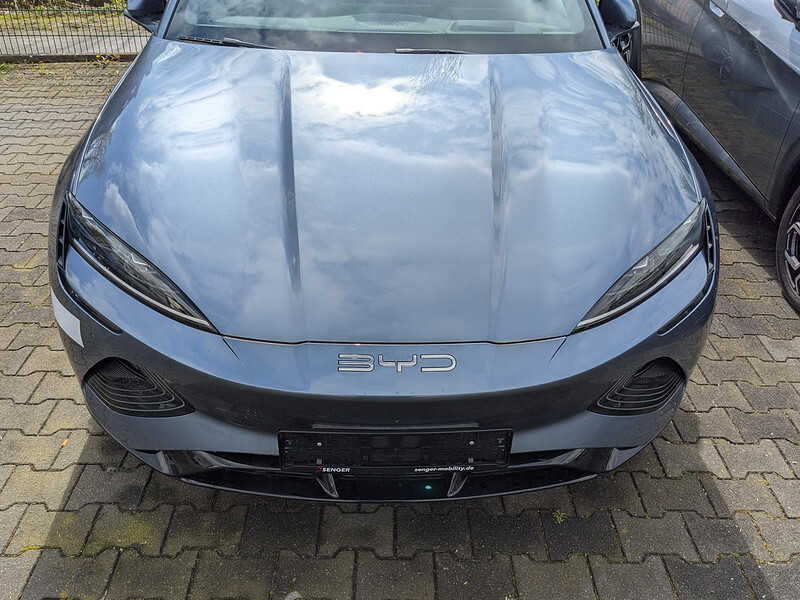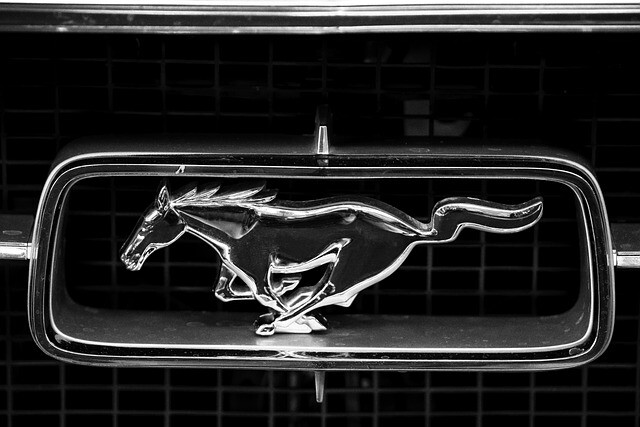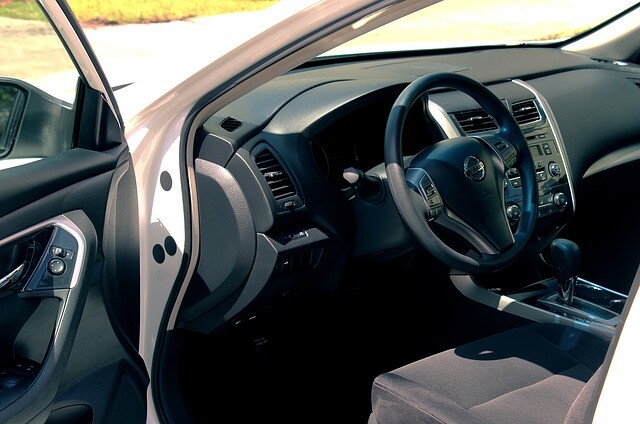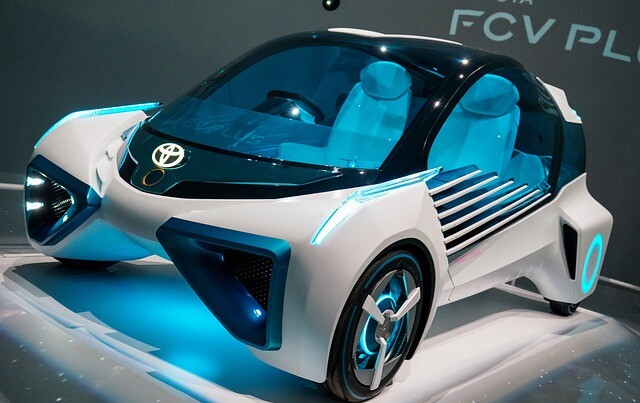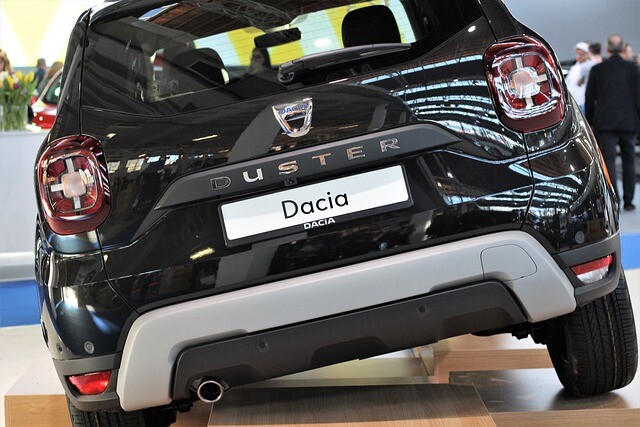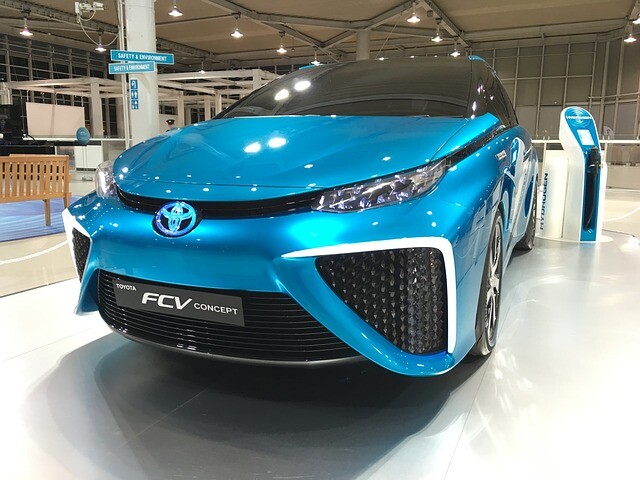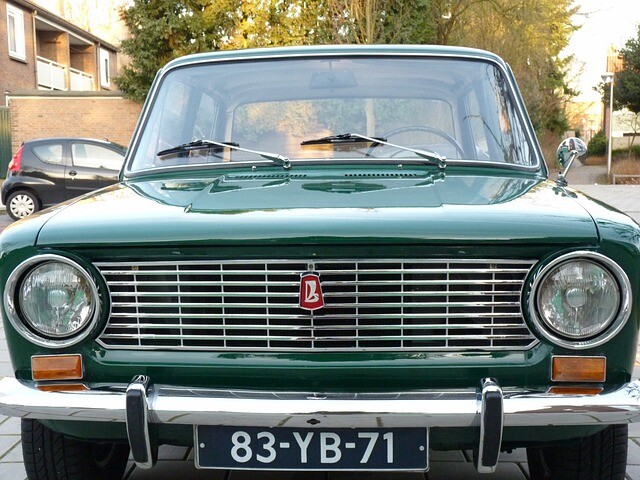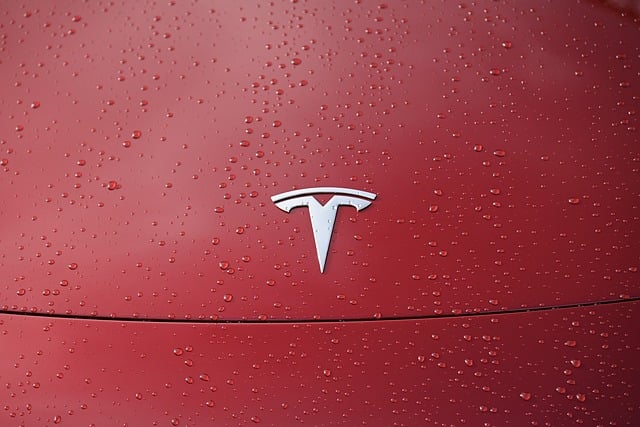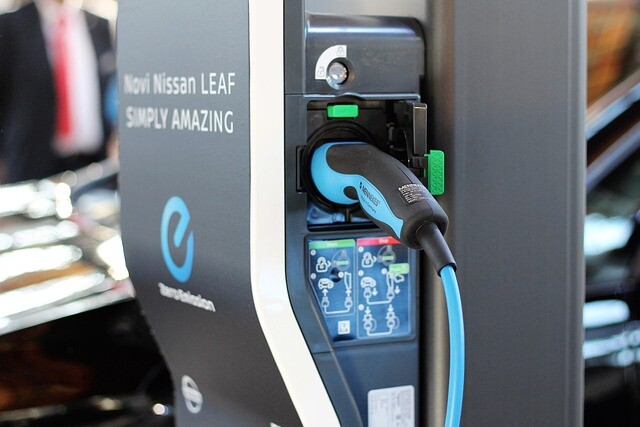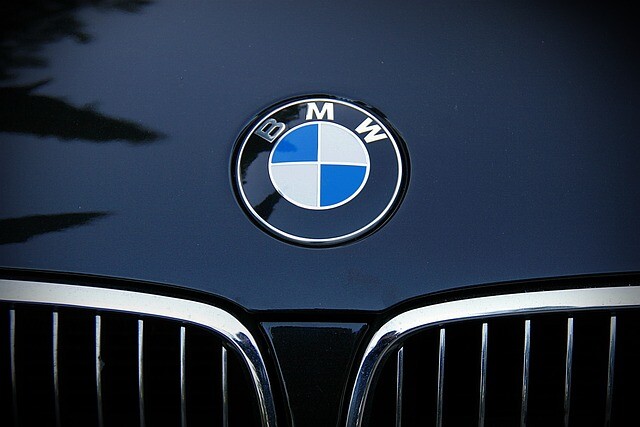Sales increased in only six markets, but these were made up of the regions with the lowest turnover, so there was no chance of reversing the decline. Hungary performed among the best by minus 1% - in fact, the balance of our results so far in 2020 is also positive, although only (+ 1%).
VW was overtaken
In February, the statistics twisted, Volkswagen Golf jumped from the top of European sales lists. True, it didn't go far.

Weak January was not followed by a much stronger February in the European new car market. 7.0 percent fewer cars were sold in the second month of the year - despite the extra day from the leap year. According to Felipe Munoz, an analyst at JATO Dynamics, the downturn can be attributed to a combination of several factors: neither the new regulations nor the lack of compliant cars were good, but the general economic situation is also unfavorable for car purchases. The coronavirus epidemic on February 29 had not yet played a role in sales: we will be able to make a substantive statement about this in a few weeks, when we analyze the March turnover.
It is clear that now those who have the money are buying a car, and they are buying a significant proportion of electrified vehicles: the share of partially or fully electric vehicles in sales has doubled compared to February last year.
As for each size class and category, the proportions did not change much: at 39%, recreational vehicles continued to dominate sales, with only the middle and upper categories showing minimal growth.
Of the ten strongest brands, only two (Toyota and BMW) were able to hold their January momentum. Suzuki, Ford, Dacia, Mazda and Opel, on the other hand, continue to fall. As for the competition between the models, the Renault Clio was a hair ahead of the Volkswagen Golf, so the two models swapped places on the top two steps of the podium. The new Peugeot 208 and its sister model, the Opel Corsa, split; and Fiat Panda, which has undergone a model upgrade, has moved up to fifth place.
(Source: vezess.hu / photo: pixabay.com)

